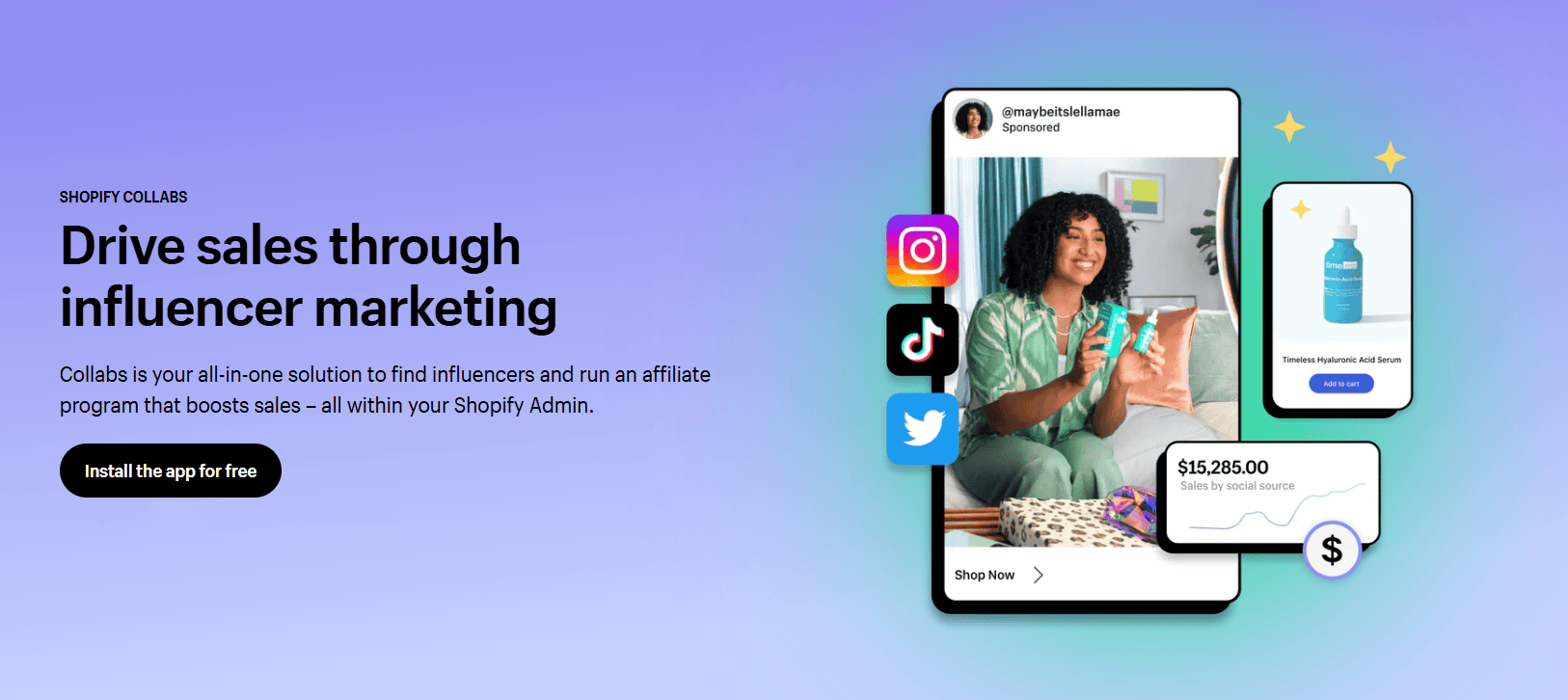Wine influencers bring the world of viticulture to life, sharing their passion and expertise with a growing audience of wine enthusiasts. Whether they are exploring vineyards or tasting new wines, these influencers provide valuable insights into the art and science of winemaking.

30 Most Followed Wine Influencers On Instagram of 2024
cokiesworldofwine
mannydoeswine
winewithpaige
skinandpulp
ollyverthewino
foodwinesunshine
carolyncoving
thatblondewino
GirlMeetsGlass
the.british.bouchon
WISHESANDWINE
wine.by.renee
bigwineguyva
blushingwino
lucialoveswine
winespicegirl
millennialslovewine
thekachetlife
kellyaxelrad
ifyoupourit
sonalholland_masterofwine
winedinecaroline
todays_wine_review
vinfatuation
cooking_with_wine
labarrique_wc
lorenawinediary
winewherever
drinkinmoderation
inflorescencewines
How to Choose the Right Wine Influencers?
Choosing the right wine influencers is crucial for effectively promoting your brand and reaching the right audience. Here are some steps to guide you in selecting the right wine influencers:
1. Identify Your Goals
- Brand Awareness: If your goal is to increase brand awareness, consider influencers with a large, engaged following.
- Sales Conversion: For driving sales, look for influencers who have a history of successful product promotions.
- Brand Image: Choose influencers whose personal brand aligns with the image and values of your wine brand.
2. Know Your Target Audience
- Understand the demographics, preferences, and behaviors of your target audience. Look for influencers whose followers match this profile.
- Consider factors like age, location, interests, and wine knowledge level.
3. Evaluate Engagement and Authenticity
- Engagement Rate: Check the influencer’s engagement rate (likes, comments, shares) rather than just the number of followers.
- Authenticity: Look for influencers who have a genuine passion for wine. Authenticity resonates with audiences and leads to more meaningful connections.
- Past Collaborations: Review their previous collaborations to see how they promote products and engage with their audience.
4. Check Content Quality
- Content Style: Ensure the influencer’s content style (photos, videos, captions) aligns with your brand’s aesthetic.
- Creativity: Look for influencers who are creative and can present your wine in unique and appealing ways.
- Consistency: Regular and consistent posting about wine topics is a good indicator of their influence in the wine community.
5. Assess Their Knowledge and Credibility
- Wine Expertise: Consider their knowledge of wine. Influencers who are sommeliers, wine educators, or have certifications might add more credibility to your brand.
- Reputation: Check their reputation within the wine community. Influencers who are respected by their peers are likely to be more effective.
6. Consider the Type of Influencer
- Micro-Influencers (10k-100k followers): Often have highly engaged, niche audiences. They can be cost-effective and more relatable to their followers.
- Macro-Influencers (100k-1M followers): Have a broader reach but may be less engaged. Good for mass awareness campaigns.
- Nano-Influencers (<10k followers): These influencers have a very small but highly engaged audience. They are often very niche and can be effective in specific, targeted campaigns.
7. Analyze Their Social Media Platforms
- Platform Relevance: Choose influencers active on platforms where your target audience is most engaged, whether it’s Instagram, YouTube, TikTok, or blogs.
- Platform Content Style: Consider the type of content that performs best on each platform (e.g., visual content on Instagram, educational content on YouTube).
8. Collaborate with Transparency
- Clear Expectations: Set clear expectations and guidelines for the collaboration.
- Flexibility: Allow influencers some creative freedom to maintain authenticity.
- Long-term Partnerships: Consider building long-term relationships with influencers who consistently align with your brand.
9. Use Influencer Marketing Tools
- Utilize tools like HypeAuditor, Influencity, or Upfluence to analyze influencer metrics, follower demographics, and potential fake followers.
10. Monitor and Measure Success
- Track the performance of your influencer campaigns through metrics like engagement rate, click-through rate, sales conversion, and brand sentiment.
Conclusion
The influence of wine influencers extends beyond the glass, as they educate and inspire their followers to explore the diverse world of wine. Their content fosters a deeper appreciation for the craftsmanship behind each bottle, making wine more accessible and enjoyable for everyone.

Leave a Reply